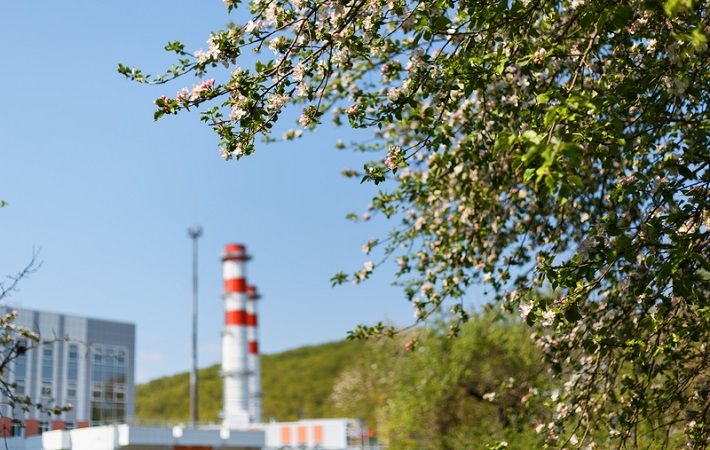China sees success in non-fossil energy, low-carbon transformation

The ‘White Paper on Responding to Climate Change: China's Policies and Actions’ was made public in October by the State Council Information Office.
With 44.7 per cent of the country's installed capacity for power generation non-fossil, the proportion of non-fossil energy in its energy consumption mix had been lifted to 15.9 per cent last year, up by 8.5 percentage points from 2005, according to the white paper.
Compared with 2005, the installed capacity for solar energy grew over 3,000 times and for wind energy it grew 200 times. With energy efficiency increasingly enhanced, China has been a major contributor to global energy conservation, the paper stated.
China's energy consumption per unit of GDP decreased by 28.7 per cent from 2011 to 2020, the document said.
Observing an ‘accelerated clean, low-carbon transformation’ in the country's energy consumption mix, the paper said the proportion of coal in the mix decreased from 72.4 per cent in 2005 to 56.8 per cent in 2020.
China will reportedly strive to establish a new type of power generation system that could accommodate a high proportion of intermittent renewable energies.
The national carbon market, a major institutional innovation in China, started online trading a few months ago. As the world's largest carbon trading market in terms of the amount of greenhouse gas emissions covered, it has involved a total of 2,162 power generation companies, representing 4.5 billion tonnes of carbon dioxide emissions.
In fact, pilot programs on carbon emission trading have already been implemented at local levels before the nationwide carbon markets took shape,
Since 2011, seven pilot trading markets have been established in Beijing, Shanghai, Tianjin, Chongqing and Shenzhen as well as the provinces of Hubei and Guangdong, the Chinese government said on its official website.
Nearly 3,000 major emitters in more than 20 industries, including power, steel and cement, were incorporated in the carbon-trading platforms in 2013.
China also established a greenhouse gas voluntary emission reduction program in 2012 to promote the transformation toward low-carbon industrial structure and energy consumption.
As of the end of 2020, China's balance of green loans reached 11.95 trillion yuan, of which the clean energy loan balance stood at 3.2 trillion.
China has also issued about 1.2 trillion yuan of green bonds in total, making it the world's second-biggest green bond market.
Fibre2Fashion News Desk (DS)
































-Ltd..jpg?tr=w-120,h-60,c-at_max,cm-pad_resize,bg-ffffff)





.jpg?tr=w-120,h-60,c-at_max,cm-pad_resize,bg-ffffff)
.jpg?tr=w-120,h-60,c-at_max,cm-pad_resize,bg-ffffff)






